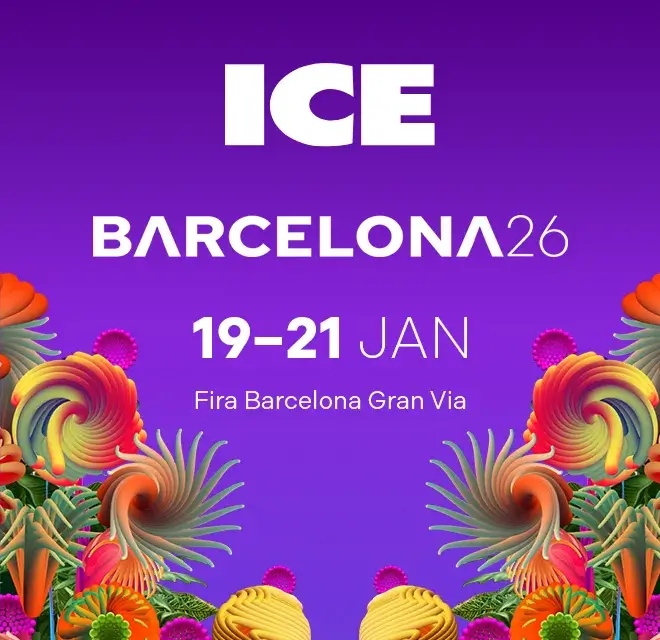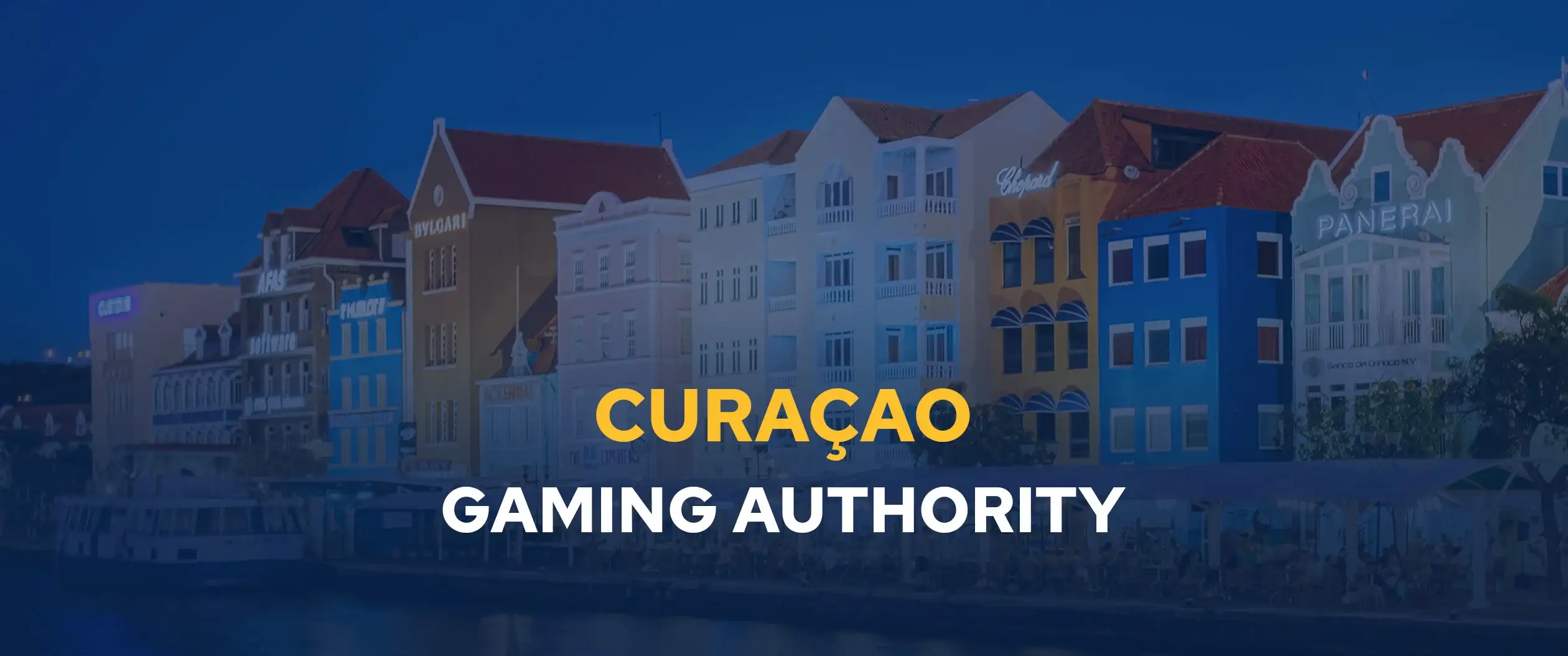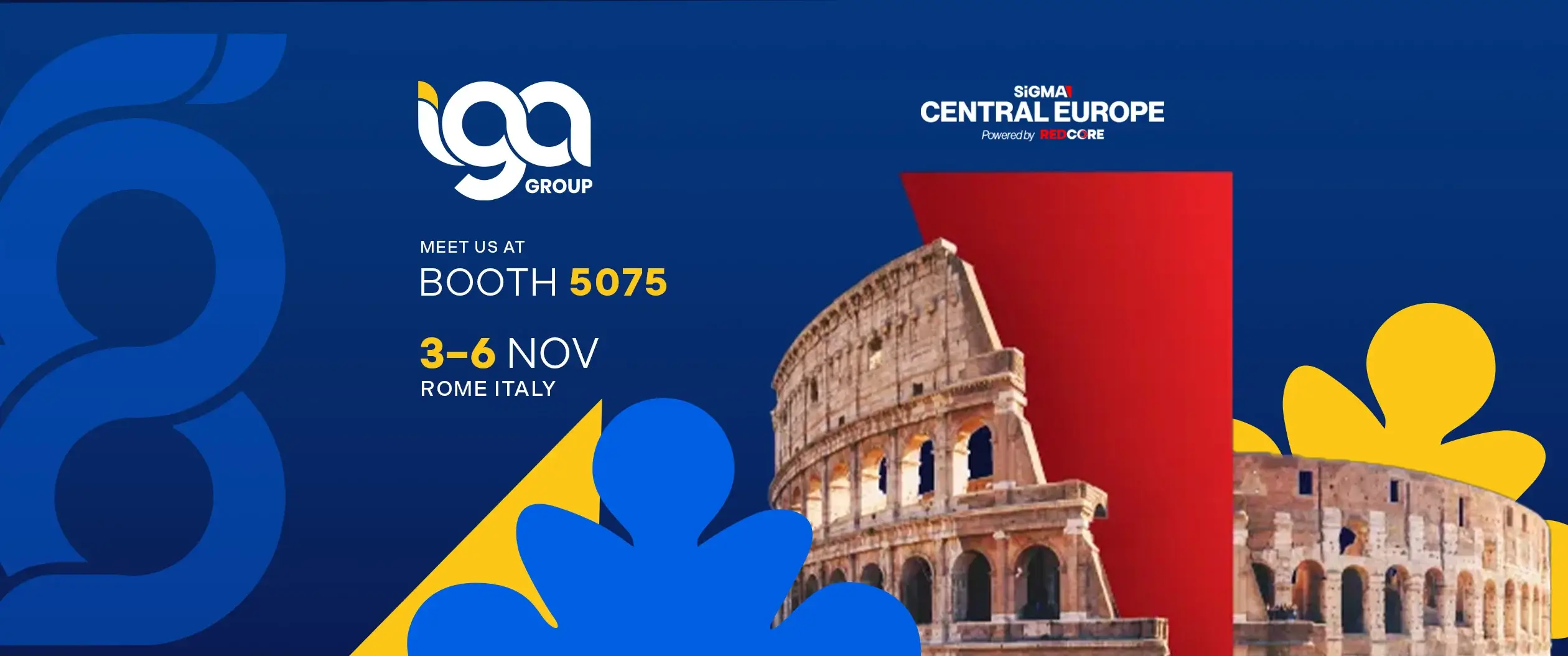CGA LICENSE RECLASSIFICATION FRAMEWORK
The Curaçao Gaming Authority (CGA) has announced the framework for converting certain existing licenses issued under the National Ordinance on Offshore Games of Hazard (NOOGH) into permits under the new Land Ordinance on Games of Chance (LOK) regime. This mandate aims to ensure that every licensed entity accurately reflects its business activity—whether Business-to-Consumer (B2C) or Business-to-Business (B2B)—under the LOK framework.
The Impending Deadline and Compliance Mandate
The Orange Seal (Certificate of Operations) is scheduled to expire on October 15, 2025, which will officially terminate the former sublicense system. The CGA now requires all operators to ensure their licenses correctly reflect the nature of their operations under the LOK regime. Failure to complete the transition as outlined will place operators in breach of Curaçao law..
Part 1: Transitioning Misclassified B2B Entities
The first two scenarios address licenses that were originally misclassified under NOOGH, where the operator is and always has been a B2B entity (providing services but not involved in Player Account Management, player data, or payments).
| Scenario | NOOGH Status | Key Distinction | LOK Transition Path |
| Scenario 1 | B2C Certificate + B2C Portal Notation | The operator was fully classified as B2C but operated B2B. | Direct transition to LOK B2B is approved. |
| Scenario 2 | B2B Certificate + B2C Portal Notation | The operator held a B2B certificate, but the portal notation was incorrectly B2C. | Direct transition to LOK B2B is required. |
The Transition Path for Misclassified B2B
Operators in both scenarios must transition to a LOK B2B license. The process involves:
- The operator submits a ticket in the CGA portal.
- The CGA changes the portal status to B2B to allow document uploads.
- The operator submits required documentation, including the Supplier License Application Form, Business and Corporate Information Form, and an Information Security Policy.
- Upon approval, a new B2B license is issued, and any outstanding or overpaid invoicing related to the former B2C status is resolved.
Part 2: Managing Business Model Changes
For operators who have changed their core business model, a direct transition is not possible because a single company is strictly forbidden from holding both B2B and B2C licenses simultaneously. The existing NOOGH license must first be formally revoked.
| Scenario | Business Model Change | LOK Transition Path | Key Revocation Requirement |
| Scenario 3 | B2C $\rightarrow$ B2B | NOOGH B2C license must be revoked. Then, commence a new LOK B2B application. | Revocation is conditional upon the full wind-down of all B2C operations to the satisfaction of the CGA, ensuring players are protected and funds are returned. |
| Scenario 4 | B2B $\rightarrow$ B2C | NOOGH B2B license must be revoked. Then, commence a new LOK B2C application. | B2C operations may not commence until the new LOK B2C license is approved. |
The Revocation and Application Process
- The operator sends a ticket to the CGA, followed by a signed letter from the Managing Director formally requesting the license revocation.
- The CGA reviews the request and proceeds with revocation under the necessary conditions.
- Once the revocation is approved (and the B2C wind-down is complete in Scenario 3), the entity can commence a new application in the portal for the desired LOK license.
Operators may commence the application for the new license under a separate company to run the revocation and application processes concurrently.







